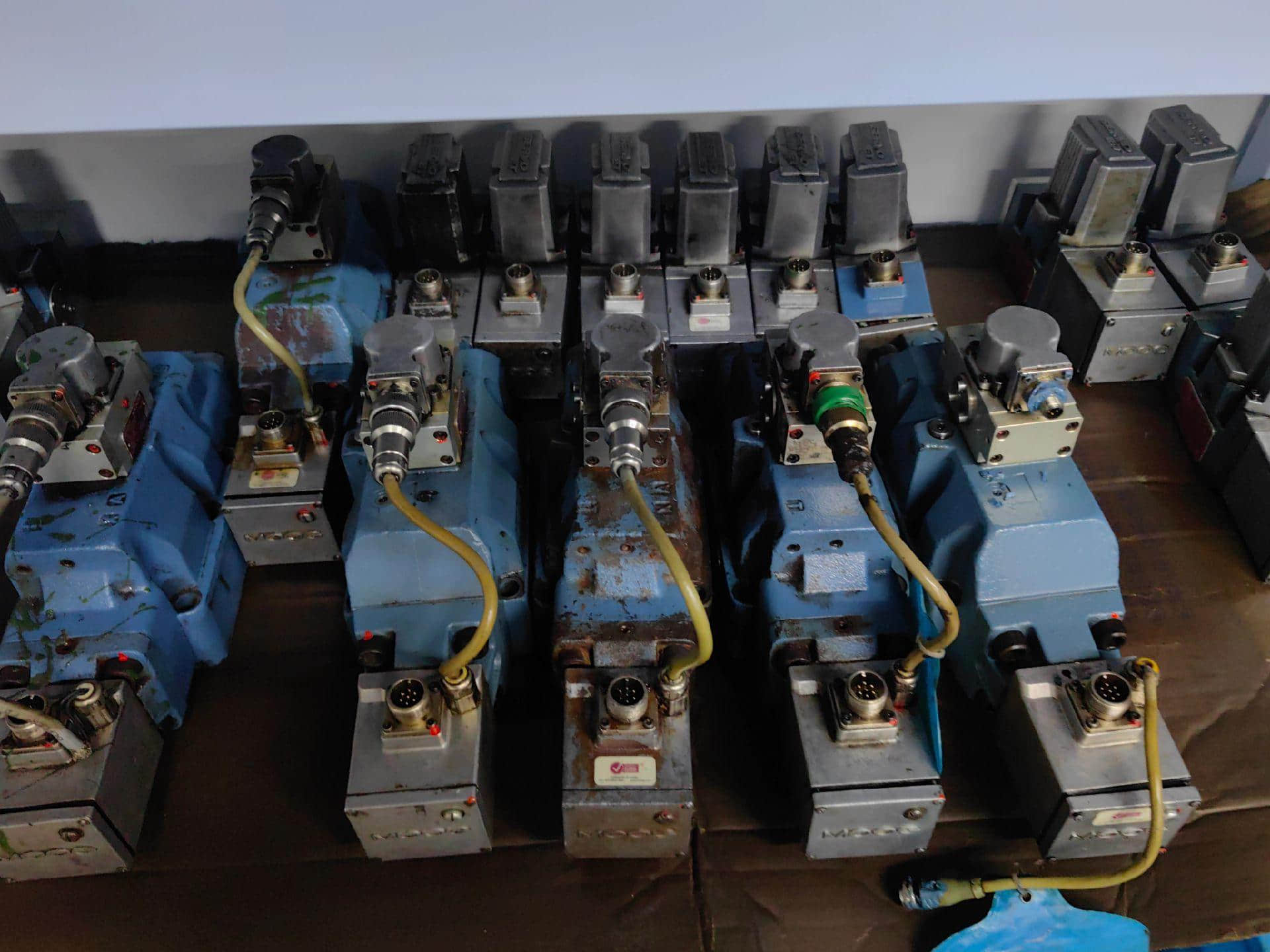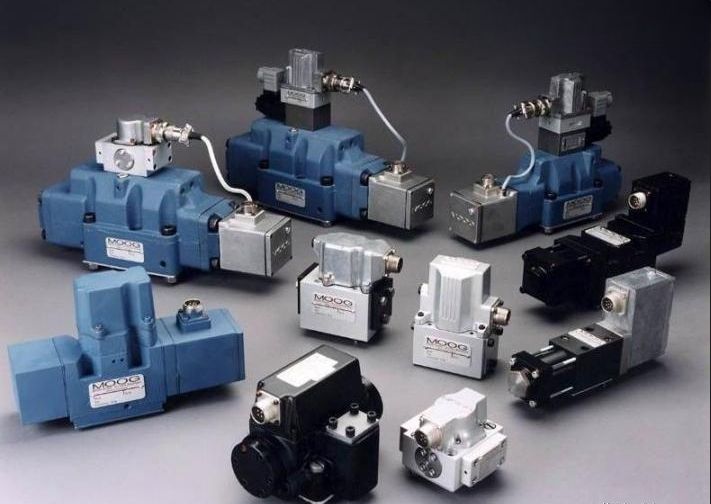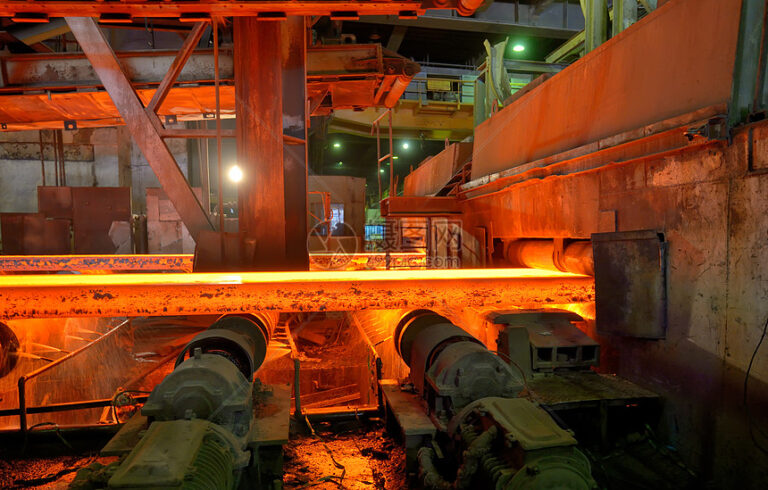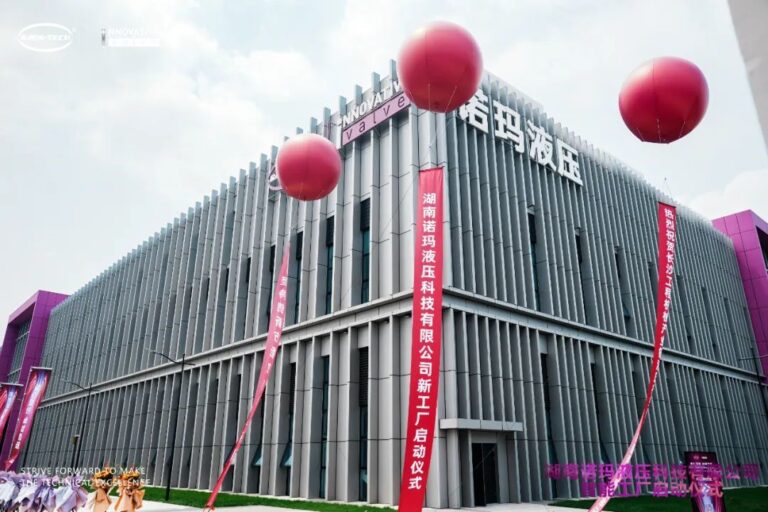Servo Valve Maintenance Precautions | Core Guide to Servo Valve Maintenance
As a core component of high-precision hydraulic control, the operational stability of servo valves directly determines system performance. Scientific and standardized maintenance is crucial for extending the service life of servo valves and ensuring reliable equipment operation. The following are the core maintenance precautions for servo valves, providing professional references for your equipment operation and maintenance.
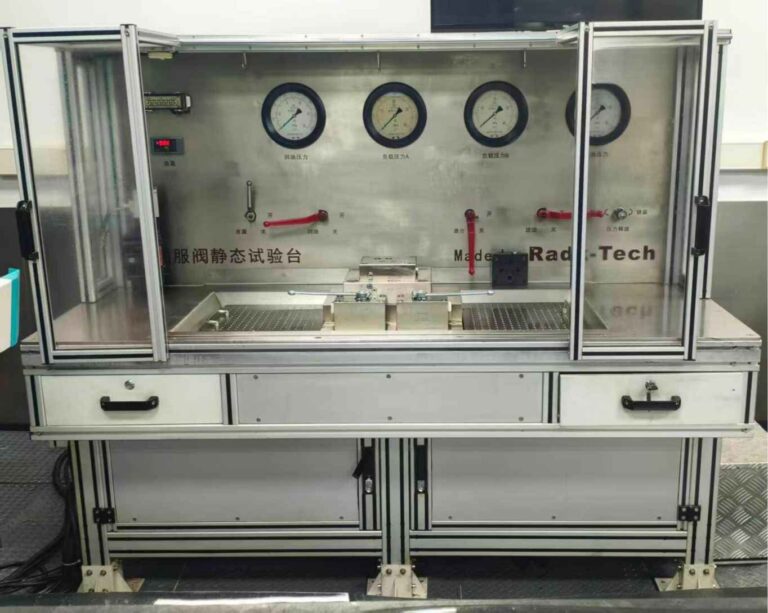
I. Hydraulic Oil Contamination Control: Core Principle of Maintenance
Hydraulic oil contamination is the primary cause of servo valve failures. All maintenance operations must be centered on “contamination control”. The specific requirements are as follows:
- Regular Contamination Level Detection: When conditions permit, the contamination level of the working hydraulic oil should be checked regularly, and a hydraulic oil quality monitoring record should be established.
- New Oil ≠ Clean Oil: New oil inherently contains impurities. If the proportion of new oil added to the oil tank exceeds 10%, the following steps must be taken: Install the flushing plate → Start the oil supply system for flushing for at least 72 hours → Replace or clean the filter → Remove the flushing plate and replace the servo valve. Under the premise of no system leakage, unnecessary oil replenishment should be minimized to avoid secondary contamination.
- Standardized Oil Change Process: When replacing the system oil, the oil tank must be thoroughly cleaned first; new oil should be injected into the tank through a 3-5µm precision filter; install the flushing plate, start the oil supply system, and flush for at least 24 hours; finally, replace or clean the filter to complete the secondary cleaning of the pipelines and oil tank.
- Choose High-Quality Oil Source: Using a high-quality oil source with excellent oil quality can extend the oil change interval, reduce contamination risks from the source, and ensure reliable system operation.
II. Fault Handling and Professional Maintenance Specifications
Servo valves have a precise structure, so fault handling must follow the principle of “professional operation and no unauthorized disassembly”. The specific requirements are as follows:
- No Unauthorized Disassembly for Faults: If blockage or other faults occur during use, users without professional knowledge and equipment must not disassemble the servo valve by themselves. First, replace the filter according to the manual instructions; if the fault persists, the valve should be returned to the manufacturer for maintenance, troubleshooting and debugging.
- Regular Factory Maintenance: When conditions permit, the servo valve should be regularly sent back to the manufacturer for professional cleaning and parameter calibration to ensure stable performance.
- Built-in Filter Maintenance: Servo valves are equipped with built-in protective filters, which must be replaced regularly in strict accordance with the manufacturer’s instructions. The replacement interval must not be arbitrarily extended.
- Special Requirements for Electro-Hydraulic Direct-Drive Servo Valves: Disassembly and reassembly of electro-hydraulic direct-drive servo valves (proportional valves) are not recommended unless absolutely necessary, as this operation is highly likely to cause contamination. When replacing, ensure cleanliness throughout the process: Remove the faulty valve according to installation requirements, replace the protective cover, and send it back to the factory for inspection and maintenance; then install the spare valve into the system. Their assembly, debugging and testing must rely on professional test benches and special tooling fixtures, so unauthorized operation by users is strictly prohibited.
III. Installation and Performance Protection Points
- Cleanliness First in Disassembly & Installation: Disassembling or installing servo valves increases the risk of hydraulic oil contamination, so “cleanliness first” is the most important maintenance requirement. The surrounding environment, tools and interfaces must be thoroughly cleaned before operation.
- Prevent Motor Demagnetization: Avoid prolonged contact between ferromagnetic materials and the motor housing to prevent motor demagnetization. Severe demagnetization may cause servo valve failure or affect its zero position and output accuracy.
- Professional Zero Adjustment: Do not attempt to adjust the zero position of the servo valve by yourself unless an external mechanical zero adjustment device is equipped. Precise debugging of servo valves must rely on professional test benches and special tooling.
Warm Tip: If your servo valve malfunctions or requires regular maintenance, please feel free to contact us for professional technical support. We will provide you with standardized factory inspection, maintenance and debugging services to ensure the servo valve regains optimal performance.

